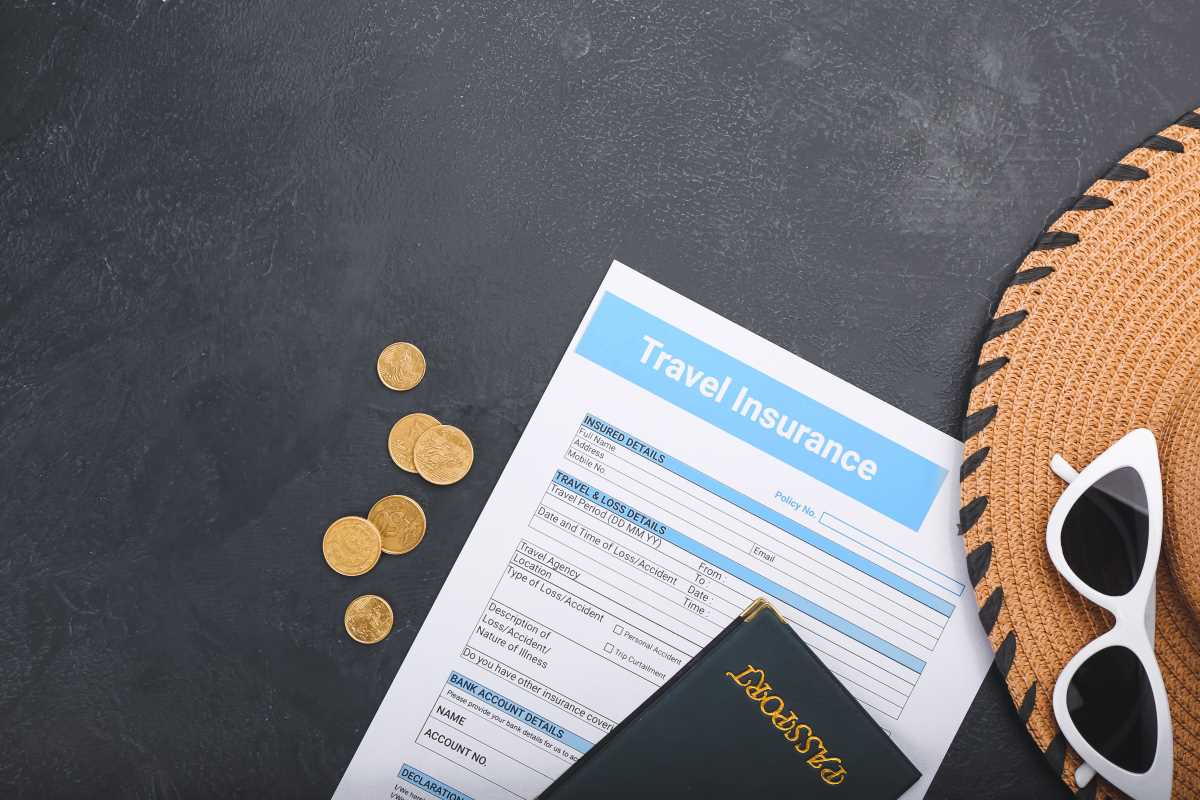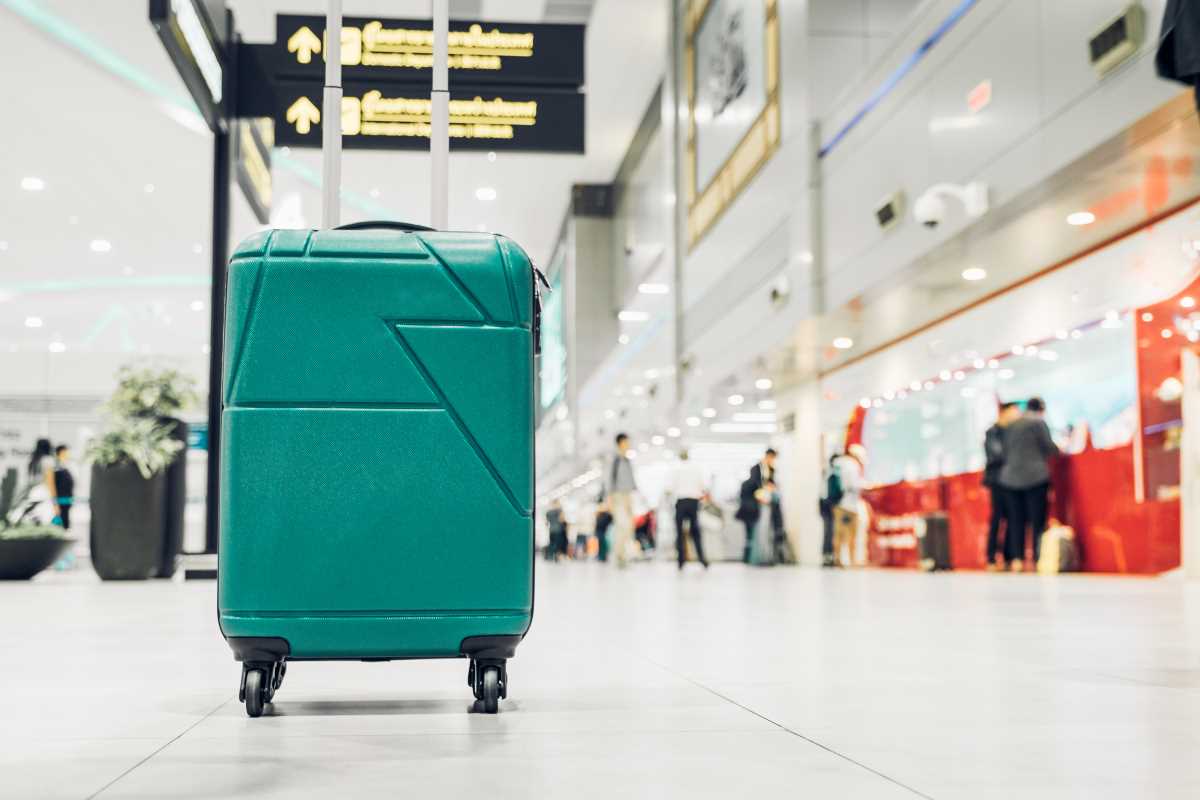Travel insurance is a crucial aspect of planning any trip, providing peace of mind and financial protection against unexpected events like medical emergencies, trip cancellations, or lost luggage. However, the cost of travel insurance can add up, particularly for long trips or destinations with higher risks. While it’s essential to maintain adequate coverage, there are several strategies to reduce costs without sacrificing the protection you need. By understanding your options, shopping wisely, and tailoring policies to your trip, you can save money while ensuring you're fully covered.
Assess Your Needs Before Buying
One of the simplest ways to save on travel insurance is by avoiding unnecessary coverage. Not all trips require the same level of protection, so it’s important to evaluate your specific needs.
- Trip Duration: Longer trips typically cost more to insure, so adjust your coverage period to match your exact travel dates.
- Destination Risks: Certain destinations may require additional coverage, such as for adventure sports or areas prone to natural disasters. If your trip is low-risk, you may be able to opt for a more basic policy.
- Existing Coverage: Check if you already have coverage through health insurance, credit cards, or other memberships. These may provide benefits like emergency medical coverage or trip interruption protection, allowing you to avoid duplicating coverage.
Compare Policies from Multiple Providers
Travel insurance providers vary widely in pricing and coverage options. To find the best deal, shop around and compare policies.
- Use Comparison Tools: Websites like Squaremouth, InsureMyTrip, and TravelInsurance.com allow you to compare multiple providers side by side.
- Read the Fine Print: While cost is important, ensure the policy offers adequate coverage for your trip’s specifics. Don’t sacrifice critical benefits for a lower price.
- Look for Discounts: Some insurers offer discounts for early booking, group travel, or bundling multiple trips.
Opt for a Higher Deductible
Choosing a higher deductible is another effective way to lower your travel insurance premium. The deductible is paid out of pocket before your insurance kicks in.
- Evaluate Risks: If you’re unlikely to file a claim, opting for a higher deductible can significantly reduce your upfront costs.
- Balance Savings with Affordability: Make sure the deductible amount is something you can comfortably pay if needed.
Consider a Multi-Trip Policy
If you travel frequently, purchasing a multi-trip or annual travel insurance policy can save you money compared to buying separate policies for each trip.
- Convenience: Multi-trip policies cover multiple journeys within a year, reducing the hassle of buying insurance every time you travel.
- Cost Efficiency: These policies often cost less than the combined total of several single-trip policies.
Frequent travelers benefit from this option by saving both time and money while maintaining comprehensive coverage.
Skip Unnecessary Add-Ons
Many travel insurance policies offer optional add-ons, such as rental car coverage, extreme sports coverage, or higher baggage loss limits. While these can be valuable sometimes, they may not always be necessary.
- Review Trip Details: Determine whether your itinerary involves activities or risks that require additional coverage.
- Assess Alternative Coverage: Rental car insurance, for example, may already be included in your credit card benefits or car insurance policy.
Book Travel Insurance Early
Purchasing travel insurance soon after booking your trip can lead to cost savings and additional benefits.
- Lock in Lower Rates: Insurance rates often increase as your departure date approaches. Booking early can help you secure a better price.
- Access Comprehensive Benefits: Early purchase may include perks like coverage for pre-existing medical conditions or cancellation due to unforeseen events.
Bundle Travel Insurance with Other Services
Some travel companies, airlines, and tour operators offer bundled travel insurance as part of their packages. While not always the most comprehensive, these options can be cost-effective for basic coverage.
- Read the Coverage Details: Ensure the bundled policy meets your needs, especially for medical and cancellation coverage.
- Compare Costs: Check if buying insurance separately provides better value.
Check for Group Rates
If you’re traveling with family or a group, look for insurers that offer group discounts.
- Family Policies: Some providers offer free or reduced-rate coverage for children included in a family policy.
- Group Travel Discounts: Booking as a group can lower the per-person cost, especially for larger parties.
Be Mindful of Cancellation Policies
Trip cancellation coverage is one of the most common features of travel insurance, but it can also be a significant cost driver.
- Limit Coverage to Non-Refundable Expenses: If parts of your trip are refundable, you may not need extensive cancellation coverage.
- Skip “Cancel for Any Reason” Coverage: While flexible, this add-on significantly increases premiums. Consider whether it’s truly necessary for your trip.







